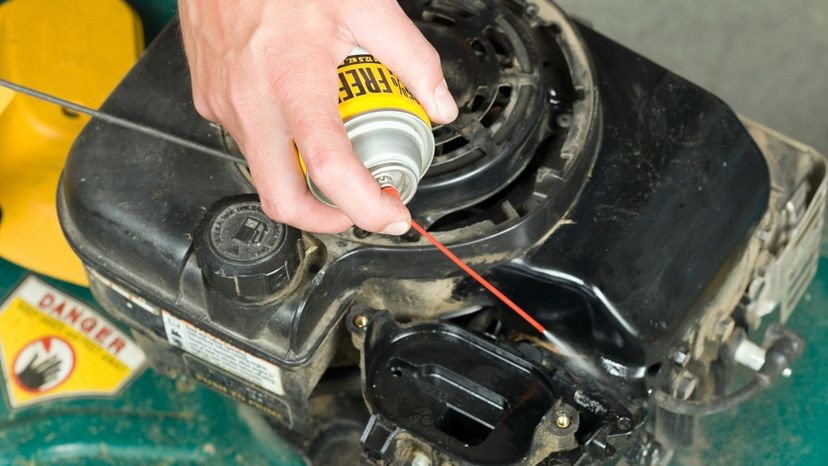Is your car struggling to start, experiencing hesitation, stalling, or guzzling fuel? These could be signs that your carburetor needs attention. Instead of immediately heading to a mechanic, rebuilding your carburetor yourself can be a cost-effective and rewarding DIY project. You don’t need to be a seasoned expert to tackle this task. This guide will walk you through the essential steps to rebuild your car’s carburetor and restore your engine’s performance.
Before you begin, gather these essential tools and materials:
- Carburetor rebuild kit (specific to your car’s make and model)
- Wrench set (including various sizes)
- Screwdriver set (Phillips and flat-head)
- Safety goggles
- Gloves (chemical resistant)
- Carburetor cleaner spray
- Clean water source
- Shop towels or rags
- Well-ventilated workspace
Now, let’s get started with the carburetor rebuild process:
- Remove the Carburetor Safely
Begin by disconnecting the fuel line, vacuum lines, and throttle linkage from your carburetor. Carefully detach the carburetor from the intake manifold. It’s crucial to perform this step in a well-ventilated area. Carburetors can emit fumes that are harmful, so ensure proper airflow to avoid dizziness or more serious health issues. Place the removed carburetor on your workbench.
 Close-up of hands cleaning a car carburetor with spray cleaner, illustrating the process of carburetor rebuild for better engine performance.
Close-up of hands cleaning a car carburetor with spray cleaner, illustrating the process of carburetor rebuild for better engine performance.
- Prepare with Your Carburetor Rebuild Kit
Your carburetor rebuild kit is your best friend in this process. Open the kit and familiarize yourself with all the components. Crucially, read the included instructions thoroughly. Carburetors vary significantly between vehicles, and using the correct rebuild kit designed for your specific car model is essential for a successful repair. Kits are readily available online or at auto parts stores.
- Disassemble the Carburetor Methodically
With the carburetor on your workbench and instructions in hand, start the disassembly. Typically, this involves unhooking the accelerator pump, removing the air horn or top cover, and carefully taking apart the choke mechanism. Systematically remove all hoses, linkages, and screws. Pay very close attention to the order and orientation of parts as you disassemble. Taking photos during this stage can be incredibly helpful for reassembly later.
- Clean Every Carburetor Component
Once disassembled, thoroughly clean every part of the carburetor. Use carburetor cleaner spray to remove built-up grime, varnish, and deposits. Always wear safety goggles and gloves during this step to protect yourself from the cleaner and debris. Pay special attention to jets and small passages, ensuring they are clear of any blockages.
- Rinse, Dry, and Inspect Components
After cleaning with carburetor cleaner, rinse all parts with clean water to remove any cleaner residue. Allow all components to dry completely before reassembly. Moisture can negatively impact carburetor function. While drying, inspect each part for wear, damage, or corrosion. Replace any questionable parts from your rebuild kit or source replacements if necessary.
- Reassemble with Precision
Now, begin reassembling the carburetor, strictly following the instructions included in your rebuild kit and your disassembly notes or photos. Install new gaskets and seals from the kit to ensure proper sealing. Reattach the accelerator pump, choke components, and all other parts in the reverse order of disassembly. Use your wrench and screwdrivers as needed, but avoid over-tightening screws, which can damage the carburetor body or components.
- Reinstall and Test Your Work
Carefully reinstall the rebuilt carburetor back onto your car’s intake manifold. Reconnect the fuel line, vacuum lines, and throttle linkage securely. Double-check all connections before proceeding. Start your engine and observe its performance. It may take a few moments for the engine to start and run smoothly after a carburetor rebuild. Fine-tune the idle mixture and speed screws as needed to achieve optimal engine performance.
Rebuilding your car’s carburetor is a manageable task with patience and attention to detail. By following these steps, you can effectively address common carburetor issues, improve your car’s performance, and save money on repair costs.
